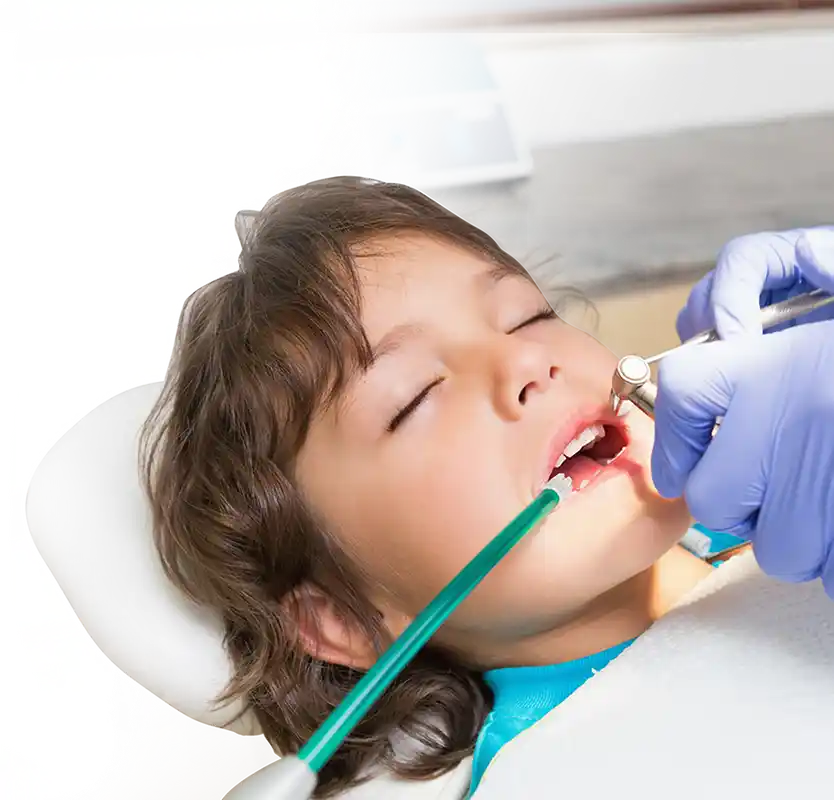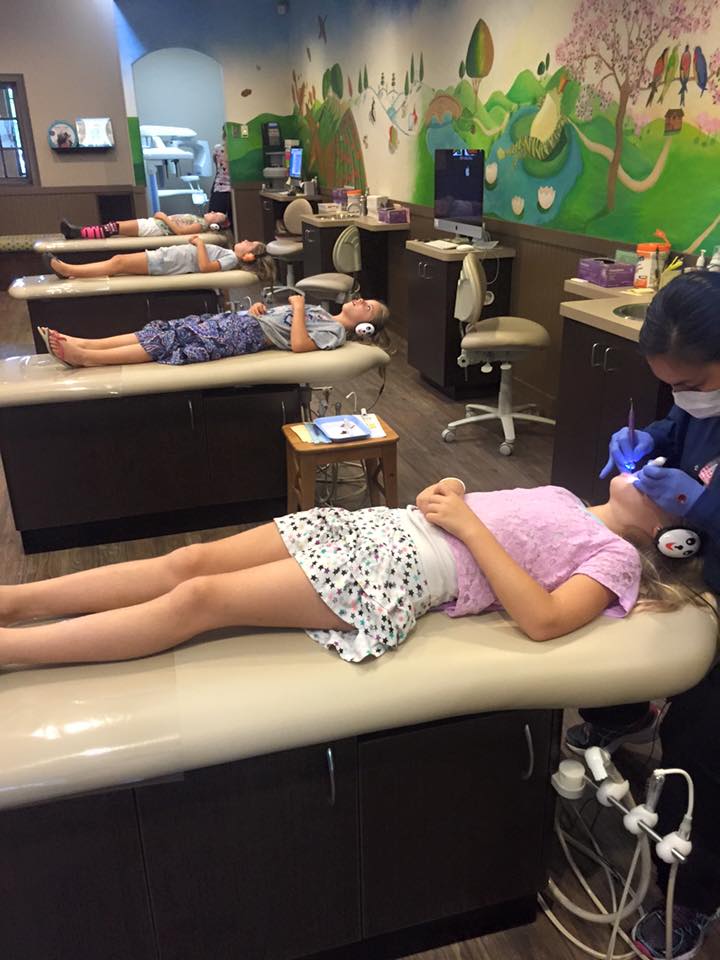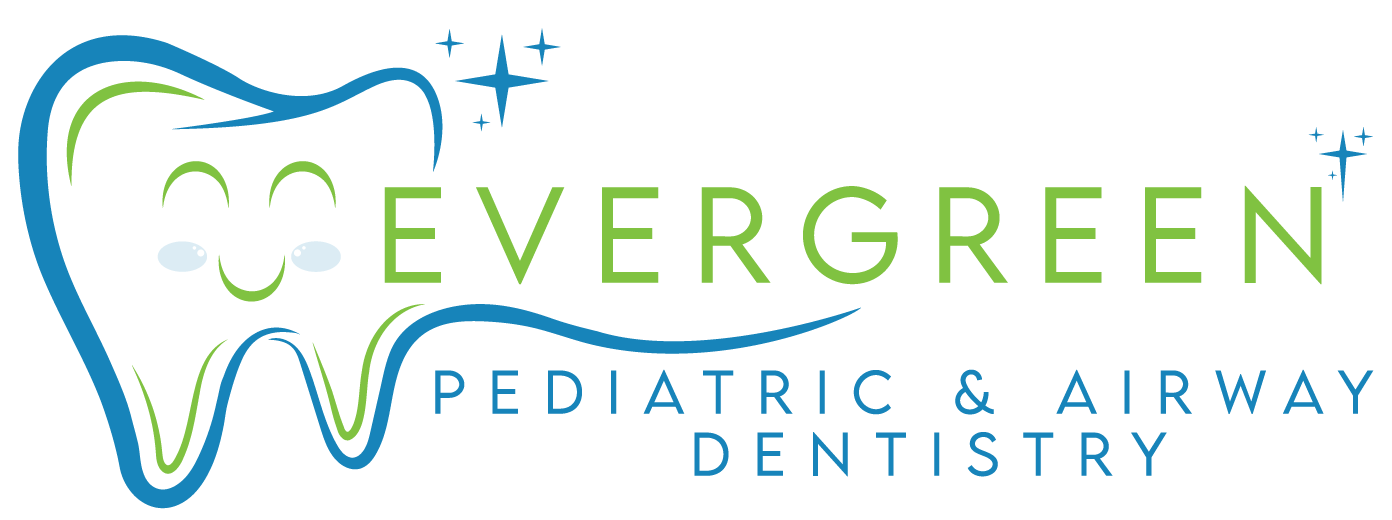How Sleep Dentistry Helps Kids Relax
Many children find the idea of going to the dentist scary or intimidating. This is completely normal and understandable, as dentists often use unfamiliar tools and techniques that can cause discomfort or pain. However, regular dental check-ups are important for maintaining optimal oral health.
To help ease these fears, some dentists offer sleep dentistry for kids. Also known as sedation dentistry, sleep dentistry involves the use of medication to help children relax and remain calm during dental procedures. It is a safe and effective way to help children who struggle with anxiety or fear associated with dental visits.
Benefits of Sleep Dentistry for Kids
Sleep dentistry offers several benefits for children who may have difficulty sitting still or cooperating during dental procedures. These include:
- Reduced Fear and Anxiety: The primary purpose of sleep dentistry is to help children feel more comfortable and relaxed during dental procedures. The sedative medication can alleviate fear and anxiety, allowing the child to undergo necessary treatments without distress.
- Increased Cooperation: For children who struggle with sitting still or cooperating during dental procedures, sleep dentistry can be incredibly helpful. With the use of sedation, children are more likely to remain still and calm, making the process smoother for both the child and the dentist.
- Pain Management: In some cases, sleep dentistry may be used to manage pain during dental procedures. This is especially helpful for children who have a low pain tolerance or are undergoing more extensive treatments.
- Faster Procedures: When a child is relaxed and cooperative, dental procedures can be completed more quickly. This can be beneficial for both the child and the dentist, as it reduces the time spent in the chair and minimizes potential discomfort.

Sleep Dentistry
Types of Sedation Used in Sleep Dentistry
There are several types of sedation that may be used in sleep dentistry for kids. The level of sedation used will depend on the child’s age, overall health, and the dental procedure being performed. The most common types of sedation include:
- Nitrous Oxide: Also known as laughing gas, nitrous oxide is a mild form of sedation that helps children feel calm and relaxed during dental procedures. It is inhaled through a mask placed over the nose and has minimal side effects.
- Oral Sedation: This involves the use of an oral medication, typically in liquid or pill form, to help children relax. The medication is usually given before the dental procedure and can range from mild to moderate sedation.
- IV Sedation: Intravenous (IV) sedation involves administering medication through a vein, allowing for a deeper level of sedation. It is often used for more complex dental procedures and may cause drowsiness afterwards.
- General Anesthesia: In some cases, general anesthesia may be used for children who require extensive dental work or have severe anxiety. This involves putting the child to sleep through medication and requires close monitoring by a trained anesthesiologist.
Precautions to Take with Sleep Dentistry
While sleep dentistry is generally considered safe, there are some precautions that parents should be aware of. It is important to discuss any allergies or medical conditions your child has with the dentist before undergoing sleep dentistry. Additionally, children should not eat or drink anything for a few hours before the procedure.
Parents should also make sure to follow the post-procedure instructions provided by the dentist, particularly in regards to food and drink restrictions. It is normal for children to feel groggy or confused after the sedation wears off, but these effects should wear off within a few hours.
How to Prepare Your Child for Sleep Dentistry
Preparing your child for their sleep dentistry appointment can greatly influence their comfort level and the overall success of the procedure. Here are some tips to ease your child into the experience:
- Explain the Process Simply: Use age-appropriate language to explain what sleep dentistry is and how it will help them not to feel any discomfort during their dental procedure. Avoid using words that might scare them and instead focus on the positive aspects, such as feeling relaxed or taking a small nap.
- Visit the Dentist Beforehand: If possible, schedule a visit to the dentist’s office prior to the procedure. Familiarizing your child with the environment and the dental staff can make them feel more comfortable on the day of their appointment.
- Follow Pre-Procedure Instructions Carefully: Make sure to adhere to any instructions given by your dentist regarding eating, drinking, and medication administration before the procedure. This not only ensures safety but also helps the sedation work effectively.
- Bring Comfort Items: Allow your child to bring a favorite toy or blanket to the appointment. Having a familiar object can provide comfort and make the dental office feel less intimidating.
- Stay Calm and Positive: Children can pick up on their parents’ emotions. By staying calm and positive, you can help your child feel more relaxed and confident about their sleep dentistry experience.
Why Dental Visits can be Traumatic for Children
Dental visits can be traumatic for children for a variety of reasons. The unfamiliar environment, complete with its unique sounds, smells, and sights, can be overwhelming. Instruments that seem imposing or invasive can incite fear, especially if the child does not fully understand their purpose. Additionally, previous negative experiences, whether personal or from stories shared by others, can preoccupy their minds with anxiety and fear. The anticipation of pain, coupled with the vulnerability of lying in a dental chair, can also exacerbate a child’s apprehension. For children who struggle with sensory processing issues, the intense sensory input of a dental office can be particularly distressing. This amalgamation of factors contributes to why many children find dental visits to be a source of trauma.
Choosing the Right Sleep Dentistry Provider for Your Child
Selecting the appropriate sleep dentistry provider is a critical decision that can have a lasting impact on your child’s perception of dental care. Here are key considerations to keep in mind when making your choice:
- Check Credentials and Experience: Research the qualifications of the dentist and the anesthesiologist, if applicable. Ensure they are licensed and have specific experience in pediatric dentistry and sleep dentistry. Experience in dealing with children’s dental issues and anxiety is crucial.
- Ask for Recommendations: Seek advice from pediatricians, family, and friends who have had positive experiences with sleep dentistry for their children. Personal recommendations can provide reliable insights.
- Evaluate Communication Skills: A good pediatric dentist should be able to communicate effectively with both the child and the parent. They should make an effort to create a friendly and reassuring environment for the child.
- Inspect the Facility: Visit the dental office in advance to check its child-friendliness. Assess whether the staff is welcoming and evaluate the cleanliness and safety of the environment.
- Review Sedation Options: Discuss the sedation options available and ensure the dentist can offer the appropriate level of sedation suited to your child’s needs and procedure complexity.
- Consider Aftercare and Support: Investigate the follow-up care provided by the dentist. Understanding how the dentist manages post-procedure care and any potential complications is important.

Sleep Dentistry
Questions to Ask Before Scheduling Your Child’s Sleep Dentistry Appointment
When scheduling a sleep dentistry appointment for your child, it’s crucial to have a clear understanding of what to expect and how best to prepare. Here are some essential questions to ask your child’s dentist beforehand:
- What are the qualifications of the person administering sedation? Knowing the training and experience of the professional in charge of your child’s sedation can provide peace of mind.
- What sedation method will be used, and why is it the best option for my child? This question helps you understand the rationale behind choosing a specific type of sedation for your child’s procedure.
- How should I prepare my child physically and emotionally for the procedure? Getting advice on both physical preparation (e.g., fasting) and emotional preparation (e.g., explaining the procedure to your child) is key.
- What are the risks associated with the sedation method chosen for my child? While sedation is generally safe, it’s important to be informed about any potential risks or side effects.
- How will my child be monitored during sedation, and by whom? Understanding the monitoring process and who will be responsible for it during the procedure reassures you of your child’s safety.
- Could you walk me through the procedure day from arrival to discharge? Having a clear picture of what the day will look like can help you plan accordingly and ease any anxieties.
- What instructions will I need to follow post-procedure? Knowing how to care for your child after the procedure is crucial for their comfort and recovery.
- How are emergencies handled during sedation dentistry? Though unlikely, it’s important to know the protocols for managing any unexpected situations.
The Process of Sleep Dentistry for Kids
Sleep dentistry, also known as sedation dentistry, is a specialized approach designed to make dental procedures stress-free and comfortable for children. The process typically begins with a pre-visit consultation, where the dentist evaluates the child’s medical history and discusses sedation options with the parents. Depending on the child’s needs and the complexity of the procedure, the sedation can range from mild, using nitrous oxide (laughing gas), to deep, using general anesthesia.
On the day of the procedure, the child is made comfortable in the dental chair, and the chosen sedation method is administered. Throughout the procedure, the child’s vital signs are closely monitored by a qualified professional to ensure safety. The goal is to keep the child relaxed and possibly asleep, minimizing the psychological stress associated with dental work.
After the procedure, the child is given time to recover from the effects of sedation in a safe and monitored environment. Parents are provided with detailed aftercare instructions to manage any discomfort and ensure a smooth recovery. With sleep dentistry, children can have necessary dental work done without the fear and anxiety that could otherwise make such visits traumatic.
Who Can Benefit from Sleep Dentistry?
Sleep dentistry is not only a boon for children with severe dental anxiety but also an indispensable service for kids with special needs. Dental visits can evoke a heightened level of fear and stress in children who have had previous traumatic experiences or who inherently fear the unknown aspects of dental procedures. Sleep dentistry offers a compassionate solution, ensuring these children can receive essential dental care without the associated distress.
Furthermore, children with special needs often face unique challenges that make traditional dental appointments particularly taxing. These may include difficulties in staying still for prolonged periods, heightened sensitivity to sensory input, or cognitive conditions that make understanding and coping with the dental environment challenging. Sleep dentistry adapts to these diverse needs, providing a tailored and considerate approach that respects the individuality of each child, making dental health accessible and less intimidating for everyone involved.

Sleep Dentistry
For young patients requiring extensive dental treatments, sleep dentistry presents a unique solution that is both effective and gentle. When facing complex procedures such as multiple fillings, extractions, or treatments for advanced dental decay, the thought alone can be overwhelming for both the child and their parents. In such cases, opting for sleep dentistry can turn a potentially stressful and painful experience into a calm and manageable one. By sedating the patient, dentists are able to perform the necessary treatments in fewer visits and with greater efficiency, minimizing the child’s exposure to distress. This approach not only ensures that the child’s oral health is comprehensively addressed but also maintains their mental well-being, fostering a more positive perception of dental care from an early age.
What Parents Should Expect during Sleep Dentistry
When your child undergoes a dental procedure using sleep dentistry, as a parent, it’s important to know what to expect. Initially, you’ll engage in a detailed discussion with the dental team about your child’s health history and the specifics of the procedure. This is to ensure that the sedation plan is tailored precisely to your child’s needs. On the day of the procedure, you might feel anxious, but the dental staff will be there to support you and your child every step of the way.
Before the sedation is administered, the dentist and the anesthesiologist (if involved) will reiterate the process and address any last-minute queries or concerns. Once the sedation takes effect, your child will enter a state of deep relaxation or gentle sleep. During this time, a professional healthcare provider will closely monitor your child’s vital signs to ensure their safety. It’s important to understand that, despite being under sedation, the child is in capable hands and their well-being is the utmost priority.
After the procedure is completed and your child awakens from sedation, they may feel disoriented, groggy, or a bit sleepy. The dental staff will guide you through this recovery phase, providing specific instructions for post-procedure care at home, which is crucial for a smooth recovery. They will also inform you about normal reactions to sedation and signs to watch for that may require further medical attention.
This entire experience is designed to be as stress-free as possible for both the child and the parent. With sleep dentistry, you can rest assured that your child’s dental health is being managed in a way that prioritizes their physical comfort and emotional well-being.
In conclusion, sleep dentistry can be a beneficial option for children who experience anxiety or fear about dental procedures. By following the outlined strategies for selecting the right provider, preparing your child, and asking the right questions, you can help ensure a safe, comfortable, and positive experience. Remember, the goal of sleep dentistry is not just to perform necessary dental work but to do so in a way that minimizes stress and trauma for your child, potentially fostering a healthier attitude towards dental care in the future. It’s about providing the necessary care with compassion and understanding, ensuring your child’s dental health is looked after in the most supportive way possible.
Evergreen Pediatric Dentistry
https://www.google.com/maps?cid=14720788683151219551
12910 Totem Lake Blvd NE #103, Kirkland, WA 98034, United States
(425) 814-3196
https://evergreenkidsdentist.com/


